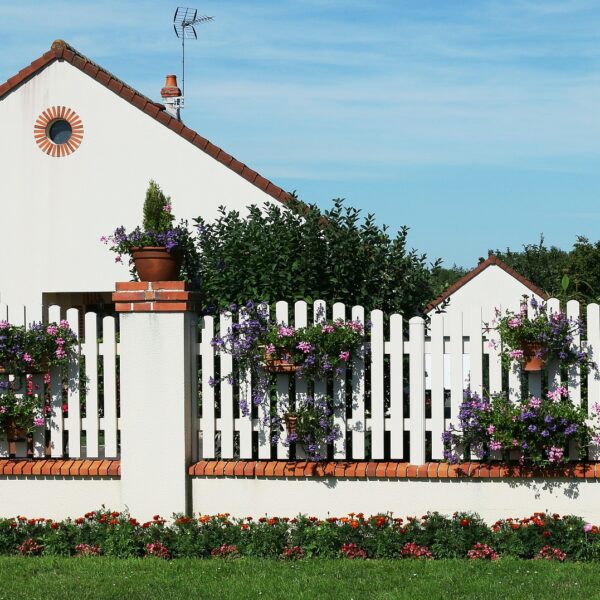Large initiatives are taking place at the government level as of late, and for clear and obvious reasons. City planners are noticing that sustainability not only helps them cut down their carbon emissions, but also provides jobs, crafts a more coherent living space, and even inspires investment due to walk-in businesses, inner-city business premises and more becoming nicer places to occupy, not necessarily divided by large arterial roads.
Those of us who like to explore the outdoors and are familiar with urban living can attest to how these changes shape our perception of these spaces, making them more inviting and drawing our consumer spending money. Moreover, it’s nice to live in city spaces that have been designed with humans and sustainability in mind, outside of limited accessibility and gridlocked building development.
How are cities aiming to become more eco-friendly as this decade continues on, and what goals have they set? In this post, we’ll discuss that, so you can better understand the changes you see, and perhaps even support them as a resident if this is an approach you find inspiring:
Walkable Cities
At one point, all cities were walkable, with the odd exception of routes designed for horse-drawn carriages. For the most part, walking from one side of the street to another was a simple task, and wouldn’t put you at odds with any jaywalking laws. It’s natural that cars shaped their development because access and convenience in large areas are essential.
But how essential, when centralized ‘everything’ is no longer as important as it once was? Walkable cities, footpaths, greenery areas, tree lines, and easier pathing crosses can curate better consumer access, walk-in customers and clients, open-plan restaurants with outside seating areas, and more.
Moreover, walkable cities aren’t necessarily cities that will deny vehicles but will have fewer vehicle access routes in favour of pedestrianism. This can also be aided, in large part, by:
Public Transport & Tram Routes
Public transport saves emissions from individual vehicles, and if designed correctly, can be a comfortable transportation system to use around the middle of a city. This means that walkable cities aren’t only walkable, but also provide pre-determined transport paths to follow.
Tramlines, well-designed bus lines and bus shelters, and public bike transport schemes (e-bike schemes are very popular in cities around Europe), can allow for the speed of transport and enhanced logistics, also allowing those who may work for food delivery services to better navigate their delivery routes without harshly negotiating the busy inner-city environment.
Cities with trams operating around the clock are proven to be more productive, to ensure a healthy flow of foot traffic, and can become the real pride of a city’s overall design. It’s not hard to see the value of putting those ideals forward and championing them as part of the community you live in.
Banned Vehicles
Cities are banning vehicles, globally. Within the midst of city centres, vehicle traffic gridlocks have become quite common, and heavy traffic is always a risk of heightened road traffic accidents. With that comes pollution, including from emissions and noise.
As a result of the Covid-19 pandemic, many cities found themselves opening up more pedestrianised areas to support businesses, and saw a wonderful result – foot traffic increased, patronage rose, and people slowed down, spoke to one another for longer, and did so without the constant rush threatening them.
This is why many cities have started adding charges to certain vehicles if they don’t meet the latest Euro 6 emission standards. This ensures that pollutant vehicles are dissuaded from entering cities like London.
Cycling & EV Infrastructure
The bicycle is perhaps the purest form of vehicle – it produces no emissions, requires no fuel, provides a 1:1 effort/distance travelled ratio, and with the right safety equipment, can be tremendously secure to ride.
It’s no wonder that more city planners are implementing infrastructure to ensure bicycle paths are notable, clear, and enforced correctly. This can inspire businesses to run cycle-to-work schemes, or it may even allow those from slightly out of the city to visit the townscape despite not owning a car or not wanting to bring it into the metropolitan area.
Electric vehicle infrastructure is also more common to see. These vehicles have limited emissions and can be charged capably in a range of charging stations. As more and more manufacturers release EV or hybrid EV models, that which we consider a fuelling station will change, and the nature of delivering high electric demand requires careful integration of the power grid.
We can expect that both of these measures shall be updated as time goes on. As such, adopting both vintage and cutting-edge vehicle standards could be something most residents consider.
Greenery & Community Conservation
Another term for city infrastructure is that of a ‘concrete jungle,’ and it’s not hard to see why this is.
But there’s no real reason as to why a city needs to be grey and lifeless. As research constantly shows that those who live within a mile of a major park enjoys less stress, better health and less pollution, it’s not hard to see why so many urban residents are crying out for green spaces.
This is not only a luxury implemented by high-end construction or apartment building blocks, but also public access space that can be used and maintained correctly. City allotments have been growing at a fervent pace; and we can expect these green spaces to become more standardized as new apartment complexes are built. While independent gardens for such densely packaged accommodation is unrealistic, community gardening and upkeep is more and more important.
With these measures combined, cities aim to become more eco-friendly. As caring residents, it’s good to push forward these measures and to see how they inspire creativity. You don’t have to be an eco-warrior to see the benefit of living in city planning that has paid attention to environmental concerns – because it turns out that this also helps us live better, healthier, happier lives.
Anyone with a ceaseless love for the outdoors will no doubt agree.
Image Credits: Nancy Bourque




Like this article? Share with your friends!